Creating Point-of-Purchase Displays That Convert
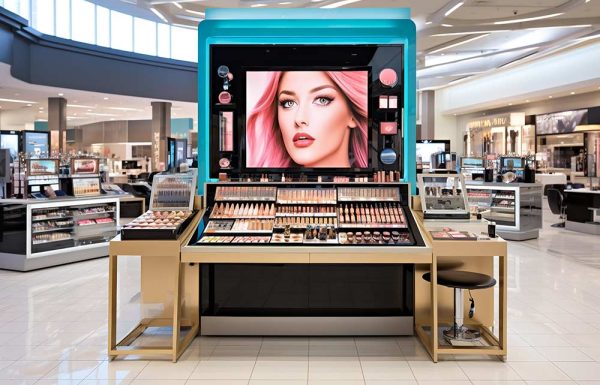
A Strategic Guide for Retail Marketers and Brand Developers
In today’s competitive retail landscape, every square foot of store space counts — and few tactics drive impulse engagement and brand recall like a well-crafted Point of Purchase (POP) display.
POP displays aren’t just about flashy visuals. They’re an opportunity to connect with shoppers at a decisive moment in their journey — when they’re already in-store, ready to buy, and susceptible to influence. For retail marketers and brand developers, this is prime real estate for boosting sell-through, enhancing product visibility, and reinforcing brand storytelling.
This guide walks you through the key considerations for designing and deploying high-impact POP displays: from aligning with your campaign strategy to optimizing performance through data.
In this article:
- Align POP Displays with Your Brand and Campaign Goals
- Understand Shopper Behavior at the Point of Purchase
- Choose the Right Type of Display
- Employ Design Principles That Drive Engagement
- Strategically Plan Materials, Budget and Rollout
- Test, Measure, and Optimize
- Final Thoughts: The Power of Well-Placed Creativity
1. Align POP Displays with Your Brand and Campaign Goals
Start with clarity: What is your POP display trying to achieve?
Whether you’re launching a new product, driving trial for a seasonal item, or reinforcing your presence in a competitive category, your display should directly support a measurable objective. Online retail platform Shopify recommends basing your POP strategy on these three factors:
- Consumer demand
- Customer expectations
- Competitive advantage
Align the creative concept, messaging, and call-to-action with your broader retail or brand campaign. Ensure visual consistency across touchpoints, from digital ads to packaging, so that shoppers immediately recognize and connect with the product or message when they see it in-store.
💡 Pro Tip: Use your campaign’s hero image and tagline in the display design. This helps reinforce brand recall and builds a seamless customer journey from awareness to purchase.
2. Understand Shopper Behavior at the Point of Purchase
POP displays work best when they respond to how people shop. What drives them and what doesn’t. Shopify notes that with POP displays, “[y]ou can turn a shopping nuisance—a long checkout line and wait time—into an extended shopping experience for your customers.” In line and at the shelf, customers are often:
- Distracted
- Moving quickly
- Making decisions based on convenience, price, or emotional appeal
Design with those behaviors in mind. Use bold visuals, quick-hit copy, and emotional cues like urgency (“limited time”) or scarcity (“only a few left”). Incorporate social proof (e.g. “best seller” or “customer favorite”) when possible.
📊 Insight: According to Nielsen, two-thirds of in-store purchases are unplanned. POP displays are your chance to influence these spur-of-the-moment decisions.
3. Choose the Right Type of Display
There’s no one-size-fits-all POP solution. The format should depend on your product, retail environment, and shopper behavior.
Common POP Display Types:
1. Endcap displays:
High-traffic visibility at the end of aisles
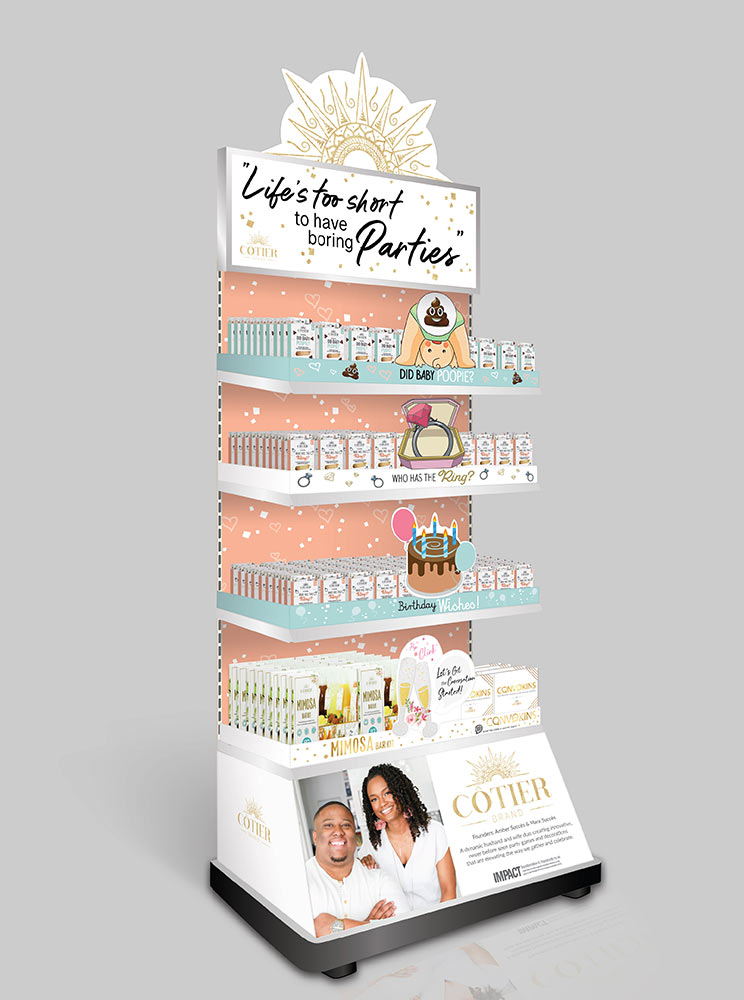
2. Floor stands:
Free-standing, often used for seasonal or promotional products
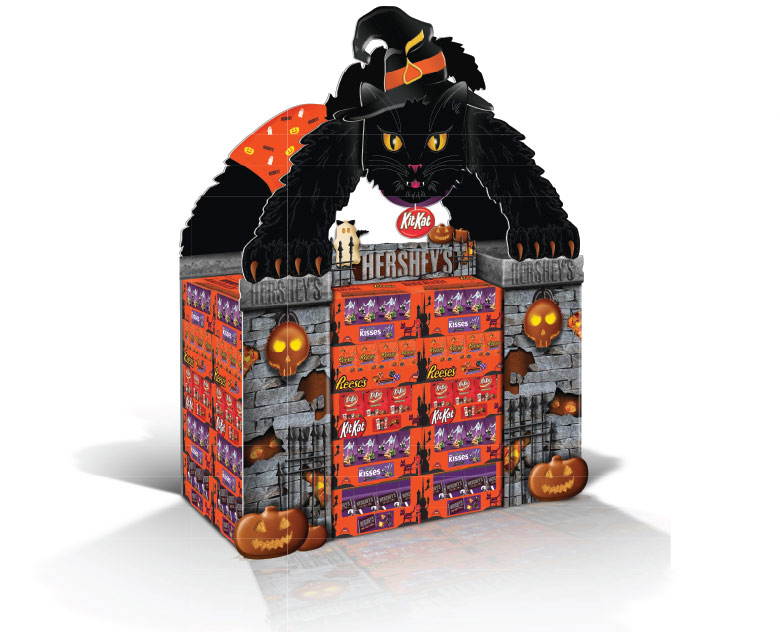
3. Countertop displays:
Ideal for small, impulse items near checkout
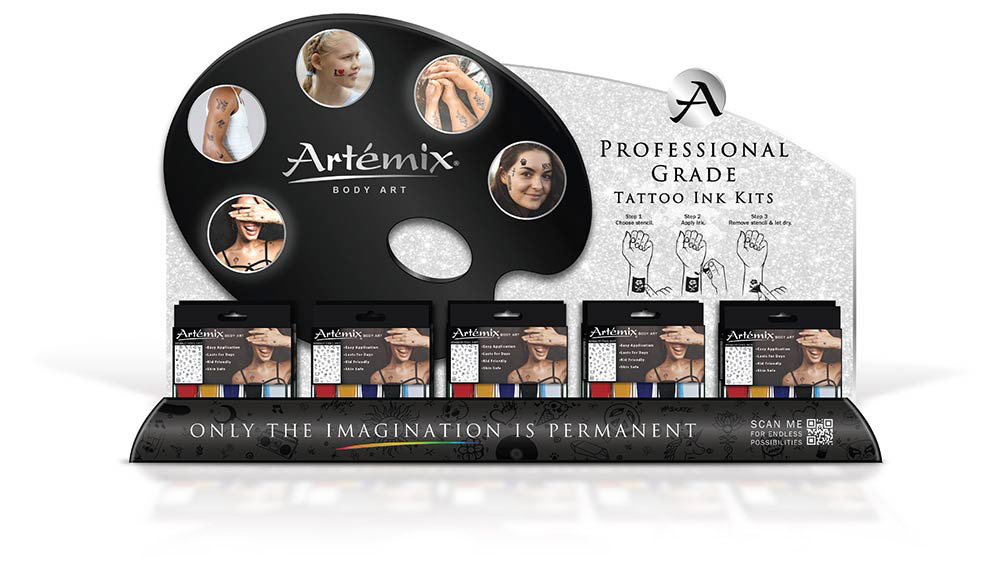
4. Shelf talkers/blades:
Attach directly to shelving; cost-effective for multi-store rollouts

5. Interactive displays:
Include QR codes, screens, or motion sensors for tech-enhanced engagement
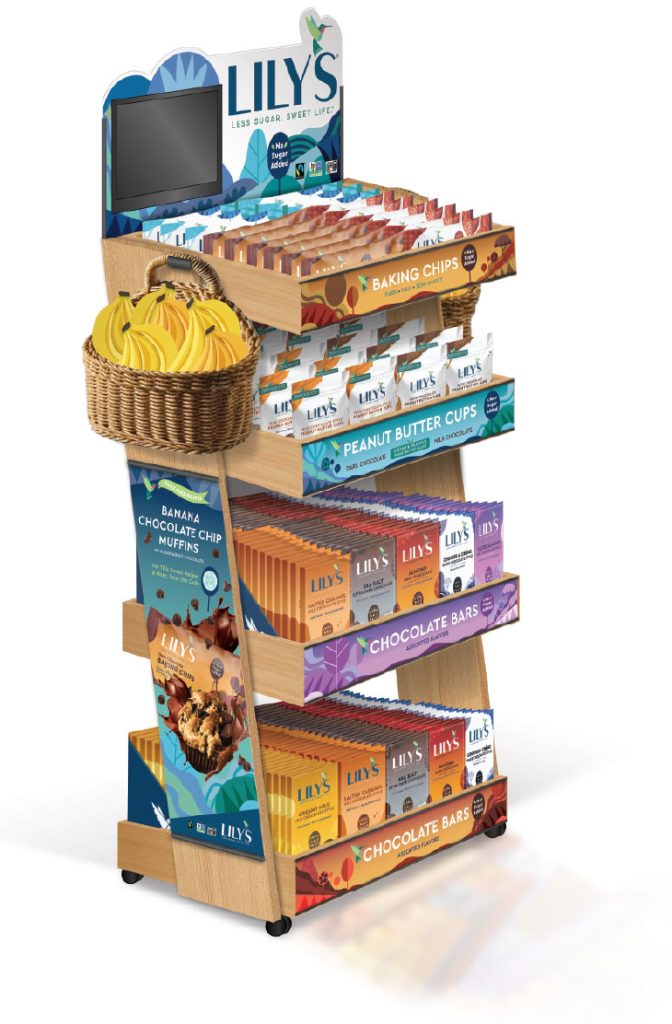
🎯 Match the display to both your product size and the shopper’s mindset. A luxury skincare brand might benefit from a sleek counter display with sampling, while a new snack product might thrive in a colorful dump bin at checkout.

4. Employ Design Principles That Drive Engagement
Effective design isn’t just about looking good — it’s about stopping the shopper, communicating a message, and prompting action. Prioritize:
- Clear messaging hierarchy: Make sure the shopper’s eye lands where you want — usually on the product name, benefit, or offer first.
- Color and contrast: Use brand colors but also make sure the display stands out from the surrounding shelf space.
- Imagery and icons: Use compelling visuals that quickly convey product benefits.
- Motion or interactivity: If budget allows, digital screens or sensory elements can elevate engagement.
🧠 Consider how long the average shopper spends in front of your display (often just a few seconds). What’s the one message they should walk away with?
5. Strategically Plan Materials, Budget and Rollout
Your display’s material and structure should match both your brand’s image and your logistics capabilities. Possible options include:
- Temporary displays (cardboard, corrugate): Best for short-term promotions or seasonal launches.
- Semi-permanent/permanent (plastic, metal, wood): Ideal for longer campaigns or luxury categories.
When planning, account for:
- Budget per unit
- Ease of assembly
- Shipping dimensions and durability
- Retail staff time to set up
♻️ Sustainability matters. Eco-conscious brands can stand out by using recyclable materials or promoting “zero waste” messaging on the display itself.
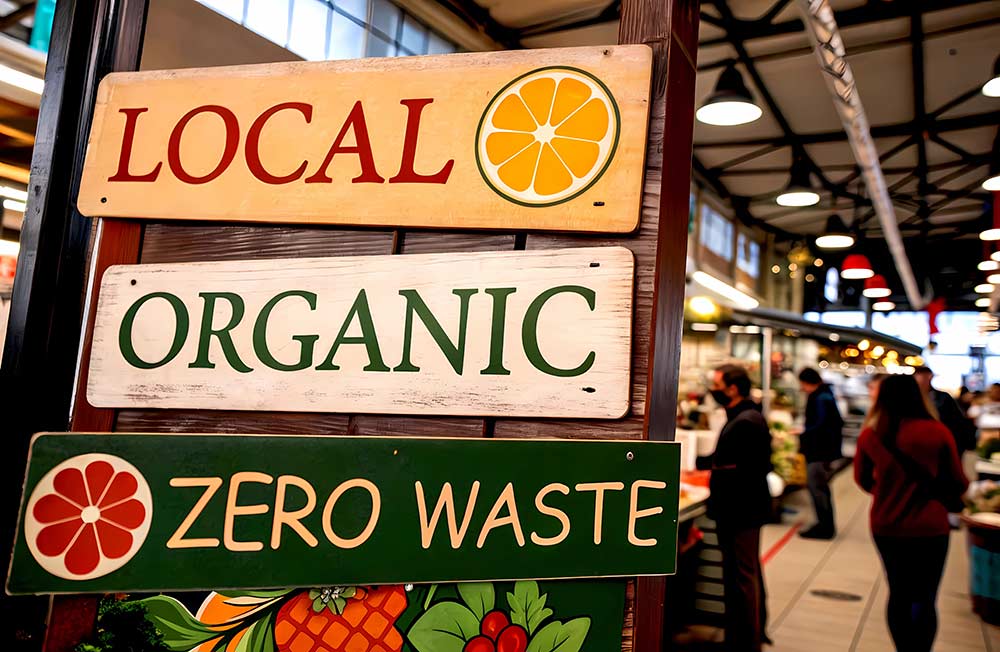
6. Test, Measure, and Optimize
A POP display isn’t just a creative piece — it’s a sales tool. Treat it like one.
Track performance through:
- Sales lift: Compare pre- and post-installation numbers.
- Foot traffic/dwell time: Use store sensors or observations.
- Engagement: For interactive displays, track scan rates or interactions.
- Retailer feedback: Don’t underestimate the insights store staff can offer about shopper reactions and setup challenges.
Test multiple versions of your display if possible (e.g., A/B testing designs or locations) and use insights to refine future executions.
Final Thoughts: The Power of Well-Placed Creativity
At the intersection of creativity and commerce, POP displays offer an unmatched opportunity to drive action at the most critical moment — when shoppers are ready to buy. For brand developers and retail marketers, these displays are not just tactical tools; they are strategic brand assets that should be planned, tested, and optimized with the same rigor as any other marketing channel.
Stay curious, test often, and let the data — and your shoppers — guide your next standout display.